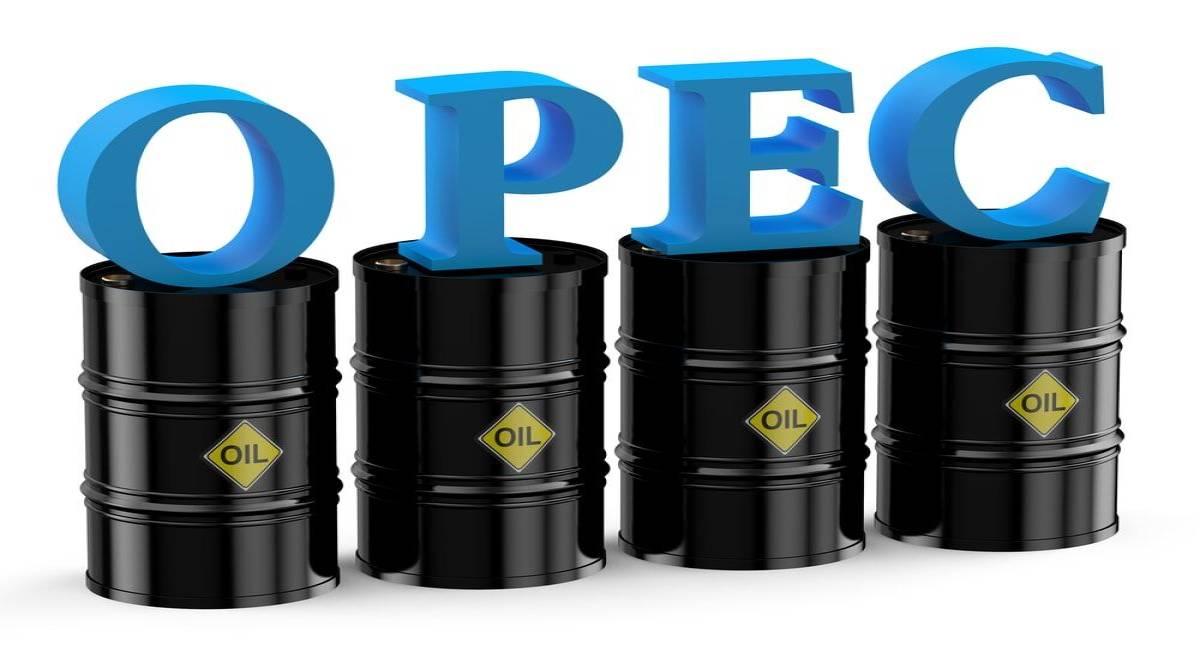1775 Views
OPEC+’s Dangerous Game: Are They Saving Oil—Or Destroying It?
Following its recent summit, the OPEC+ alliance announced a planned increase of 411,000 barrels per day in oil production for July 2025. This move, aimed at meeting seasonal demand and moderating prices, has stirred diverse reactions across the global energy landscape. While some analysts view it as a preventive measure against unchecked price hikes, others warn of a potential surge in energy market instability and heightened geopolitical competition over oil.
Moscow and Riyadh at the Helm of Market Rebalancing
This latest decision once again underscores the central role of leading OPEC+ members, particularly Saudi Arabia and Russia, in steering the energy market. Despite past tactical differences, the two oil giants have, in recent years, demonstrated significant alignment in managing supply and averting severe price fluctuations.
Saudi Arabia, as OPEC’s largest producer, continues to emphasize group cohesion and data-driven decision-making. Meanwhile, Russia—the leading non-OPEC producer in the coalition—sees price stability as essential to preserving its oil sector’s investment viability.
Although this cooperation is occasionally tested by geopolitical pressures, it has thus far acted as a stabilizing anchor for the market. Their primary objective is to strike a balance that serves producers’ interests while shielding the global economy from price shocks.
Quota Violations and the Burden of Overproduction
A major challenge threatening the implementation of this agreement lies in the historical non-compliance of certain members and the pressing need to offset past overproduction. Countries like Iraq and Kazakhstan, having exceeded their quotas in previous cycles, are now obligated to make deeper cuts in the coming months to compensate.
However, these compensations are far from guaranteed, given the countries’ dependence on oil revenues and domestic pressures. Failure to fully offset excess output could undermine trust among member states and erode the group’s long-term unity. OPEC+ must adopt stronger monitoring mechanisms and improve transparency to ensure compliance; otherwise, even strategic deals may falter in execution.
Price Risks and Fragile Demand Outlook
OPEC+’s production hike comes at a time when economic growth in China and Europe is trailing expectations. This subdued demand outlook raises concerns that oil prices could fall below $70 per barrel if oversupply persists.
Moreover, the group’s move may conflict with the strategic storage policies of major players like the U.S. and China. Washington has tapped into its reserves to tame prices, while Beijing seeks to reduce its reliance on imports. These parallel interventions risk complicating the market further and intensifying competition between producers and consumers.
Third-Party Interference and Escalating Geopolitical Rivalries
The oil market has long been a theater for geopolitical power plays, but recent years have seen increased involvement by external actors like the United States and China in managing global energy flows. Through sanctions and strategic reserves, Washington attempts to regulate prices in a way that shields its own economy and allies.
Beijing, on the other hand, is securing its energy future through long-term contracts and overseas investments in oil infrastructure. These interventions further complicate OPEC+ decision-making and may trigger clashes of interest and geopolitical tension. OPEC+ is no longer merely reacting to supply-demand fundamentals; its choices are now deeply entangled with the political and security considerations of major global players.
Structural Crisis Looming Over Global Energy
From a broader perspective, the ongoing mismatch between upstream investment and future demand poses the risk of a global structural energy crisis. Years of underinvestment in new oil projects—driven by volatile prices, the push for cleaner energy, and geopolitical uncertainties—have significantly reduced global spare capacity.
Should demand rebound faster than expected or unforeseen supply disruptions occur, the market could face acute shortages. The fallout would be vast: surging inflation, slower economic growth, and rising social and political instability across nations.
Thus, OPEC+’s short-term strategies must be aligned with the long-term imperative of ensuring sustainable market stability and fostering necessary investments in the energy sector.
Conclusion
The recent OPEC+ decision to modestly raise production reflects an attempt to navigate a market riddled with uncertainty. The success of this move hinges on full member compliance, demand-side developments, and the management of geopolitical pressures.
The global energy market stands at a critical juncture. Today’s decisions will shape the trajectory of energy security and stability for years to come. Smart governance and international cooperation are more vital than ever to prevent market volatility and avert a full-blown energy crisis.
*Translated by Ashraf Hemmati from the original Persian article written by Mohammad Saleh Ghorbani

Comment
Post a comment for this article